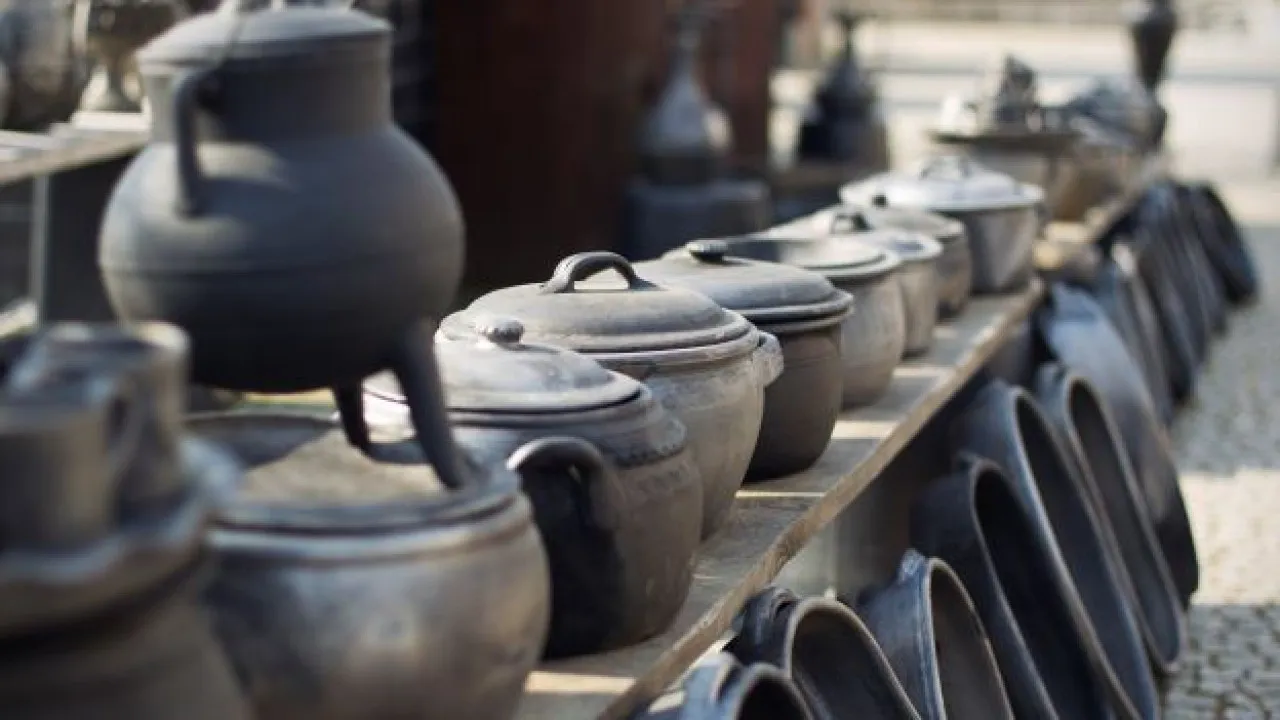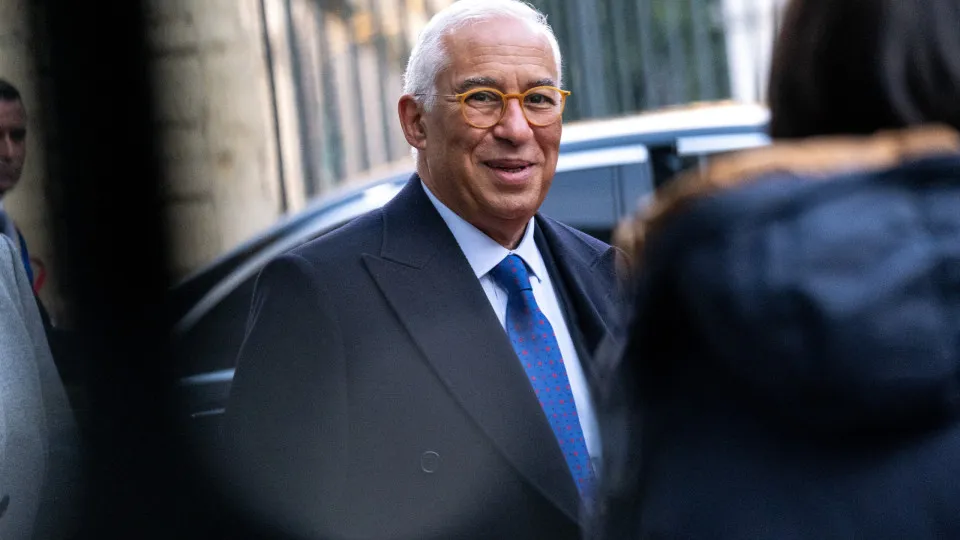
“Our commitment was to advocate for the safeguarding of this art,” stated Alexandre Favaios, the Mayor of Vila Real, during the presentation of the future museum project in the village of Bisalhães.
The aim is to honor the potters who have preserved the black pottery art, classified by UNESCO in 2016, to this day.
The new museum will occupy an 18th-century house, approximately 250 square meters in size, where potters were established in the village, which still houses a pottery workshop and a kiln for firing clay pieces.
The project involves the restoration of part of this residence and will include a new construction featuring an exhibition space, a small auditorium, and an experimental workshop.
“While respecting this ancestry, we also aim to create new perspectives for the future, and thus decided to move forward with the creation of the Bisalhães Black Pottery Museum, which will involve an investment of 518,000 euros plus VAT (approximately 550,000 euros) with a threefold focus,” said Alexandre Favaios.
The mayor emphasized the aim to economically revitalize this art, enhance the tourism value of the municipality, and invest in educational services to pass down the art to new generations, ensuring its perpetuation over time.
“This project is a way to preserve and enhance our identity, our intangible heritage,” he highlighted, adding that it is also a tribute to the potters’ resilience and craftsmanship, who are now few and mostly elderly.
Querubim Queirós da Rocha is one of those who have made a life of working with clay in a village where many dedicated themselves to pottery in his youth, preserving this manufacturing process classified by UNESCO as intangible cultural heritage of humanity.
“It’s interesting. Everyone asks if there is a museum, and if it is built, it will be a boon for Bisalhães and the potters,” said the potter, advocating for efforts to attract tourists to Bisalhães.
Sara Marinho, part of a new generation of potters, appreciated the idea, believing it “raises Bisalhães’ name to the world” and will help visitors learn how this art is made.
Alexandre Favaios mentioned that the project was entered into a bid for funding under Norte 2030 and stressed that, regardless of the funding source—whether community funds or the municipal budget—the museum’s construction is imminent and will proceed as quickly as possible.
Mara Minhava, the councilor in charge of Culture, described this as a “joint project” intended to be “a living place that tells stories.”
She further stated that the municipality is working on certifying the black clay to ensure the authenticity of the pieces, which will bear a seal.
Félix Touças, President of the Mondrões Parish Council, described Bisalhães clay as “a diamond waiting to be polished” and noted that significant progress has been made in recent years.
The United Nations Educational, Scientific and Cultural Organization (UNESCO) inscribed the Bisalhães black pottery manufacturing process on the Urgent Safeguarding List of Intangible Cultural Heritage on November 29, 2016.
This pottery form is regarded as a demanding craft, employing processes that date back to at least the 16th century. The manufacturing process encompasses everything from the initial clay treatment to the firing stage.
Artisans craft pieces which are then fired in old earth-dug kilns, where broom, pine needles, and kindling are burned, and later covered with dark soil that gives the pieces their black hue.
The new museum will function as an extension of the Vila Real Museum of Numismatics and Archaeology.




